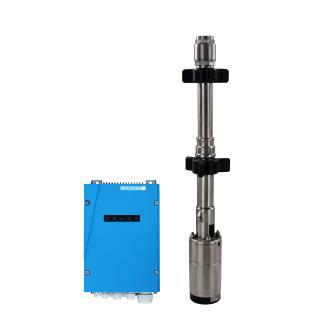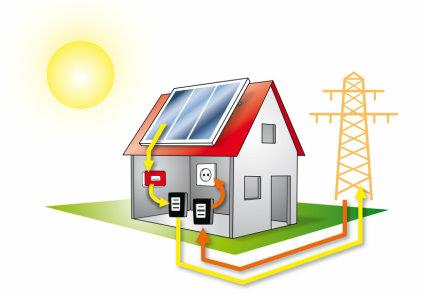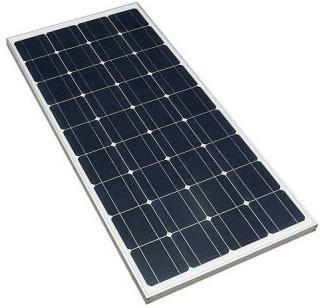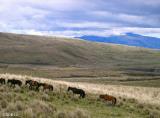Tourism in the National Park Cotopaxi
Tourism in the National Park Cotopaxi
Volcan Cotopaxi
CI
The Cotopaxi National Park has an area of 33,393 hectares and is in the provinces of Cotopaxi, Pichincha and Napo.
The park was created on 07/04/1977 with Official Register 876 - A259.
The Cotopaxi volcano with 5,897 m high is part of the Cotopaxi National Park.
The park can be reached from Latacunga, Ambato and Quito, where there are professional guides who can accompany you to the park. You can also enter the park with the train from Quito and Ambato.
Within the park you can learn about the rich flora and fauna, take walks, excursions, mountaineering and sport fishing.
National Park
Cotopaxi
The Cotopaxi volcano, an almost perfect snow-capped cone that stands at an altitude of 5,897 meters, is something unique on the planet and is perhaps, together with the Galapagos, the greatest symbol of our natural geography recognized throughout the world.
Thousands of mountaineers of all nationalities have reached their summit and many others dream of doing so. Because it is located in the center of the inter-Andean alley and very close to several cities such as Quito and Latacunga, the Cotopaxi National Park is one of the most visited and surely where many people touch the snow for the first time.
The imposing Cotopaxi, one of the highest active volcanoes in the world, dominates the entire landscape of the protected area, which also includes two smaller ones, Morurco (4,880 m), attached to Cotopaxi, and Rumiñahui (4,722 m), also very closely.
Cotopaxi is located in the area called "Avenida de los Volcanes", a name that the German naturalist Alexander von Humboldt gave in 1802 to the set of volcanoes in the central and northern Sierra of Ecuador. The predominant ecosystem in the park is the páramo, with its special flora and fauna, so the main vegetation is grassland and small tall shrubs.
Other Natural o Protected Areas and Spots
Galapagos - Llanganates - Ilinizas - Chimborazo - Sangay - Yasuni - Cuyabeno - Machalilla - Cotopaxi
Cotopaxi Paramo Areas Protegidas
Caballos Cotopaxi Parque Nacional
SITIOS INTERESANTES
- La Reserva Ecológica Los Illinzas queda en la provincia de Cotopaxi cerca del Parque nacional Cotopaxi.
- Latacunga is the capital of the Cotopaxi province. Latacunga is famous for its Hallullas and cheeses. One of the typical foods are chugchucaras.
- City of flowers and fruits, also known as the city of the "Tres Juanes", and the capital of the Tungurahua province. Typical foods are "llapingachos", guinea pigs and in November the famous "colada morada".
- You can also enter the park with the train from Quito and Ambato.
Volcán Cotopaxi
Cotopaxi is also amazing for its perfectly conical shape, its blanket of perpetual snow and yana - sacha, a huge wall of black rock that looks like an eye, visible from the north. The crater measures 800 meters in diameter and 334 meters deep.
Rumiñahui Volcano and Limpiopungo Lagoon The Rumiñahui Volcano is a mountain full of peaks that give it a wild appearance. It reminds us of the last indigenous warrior who heroically resisted the Spanish invasion and whose name means "face of stone". The peaks are 800 meter high walls that surround the caldera that probably collapsed due to the violent emptying of the chamber where the magma was stored. The Limpiopungo lagoon is located at an altitude of 3,800 meters and covers approximately 200 hectares.
It does not have a clear edge like other lagoons, but the terrain around it gradually becomes muddy. It has many reed plants among which ducks nest; Andean gulls and other birds fly around the lagoon.
Valle Encantado y Cañón del Río Pita
On the eastern side of the park, entering through Machachi, is the Enchanted Valley.
From here you can see the traces of the most recent eruption of Cotopaxi: lahars (rivers of mud now covered by mosses and very resistant shrubs) and stones, sometimes huge, that came out like bombs from the volcano.
The Pita River runs through a canyon that goes into forests and agricultural areas outside the park, where it forms impressive waterfalls. This is one of the rivers that provides the drinking water consumed in Quito.
Fuentes: areasprotegidas.ambiente.gob.ec









